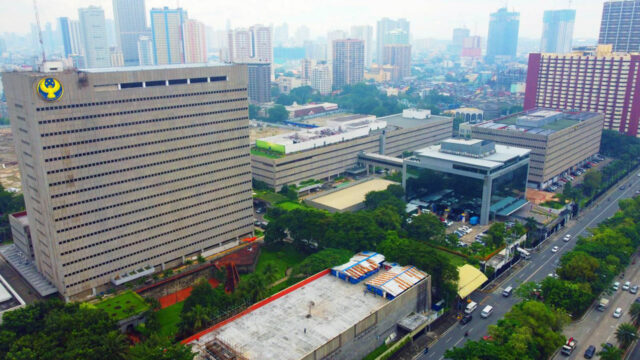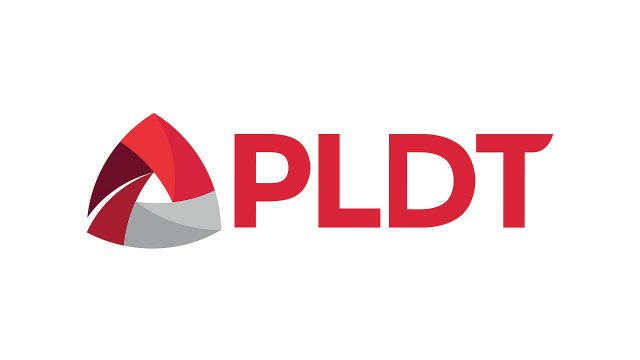Rates on bond offers likely to track secondary market levels
RATES of the tokenized papers and Treasury bonds (T-bonds) on offer this week could to track secondary market movements after the Bangko Sentral ng Pilipinas (BSP) kept borrowing costs steady last week.
The government canceled the auction of P15 billion in Treasury bills (T-bills) scheduled on Monday and will instead hold its maiden offer of tokenized bonds, from which it aims to raise at least P10 billion.
On Tuesday, the Bureau of the Treasury (BTr) will offer P30 billion in reissued 20-year T-bonds that have a remaining life of 15 years and two months.
The one-year tokenized Treasury bonds to be auctioned off on Monday could fetch yields matching secondary market levels, Rizal Commercial Banking Corp. Chief Economist Michael L. Ricafort said in a Viber message, with demand expected to be high.
Meanwhile, T-bond rates could track the drop in comparable secondary market yields after the central bank left benchmark borrowing costs unchanged at its review on Thursday, Rizal Commercial Banking Corp. Chief Economist Michael L. Ricafort said in a Viber message.
Secondary market rates dropped following the decline in US Treasury yields due to a weaker labor market and easing inflation in the world’s largest economy, a trader said in an e-mail.
The trader expects the rates of T-bonds to be offered on Tuesday to range from 6.6% to 6.7%.
At the secondary market on Friday, the one-year benchmark tenor was quoted at 6.4916%, based on PHP Bloomberg Valuation Service Reference Rates data published on the Philippine Dealing System’s website.
Meanwhile, the 20-year bond saw its rate go down by 14.19 basis points (bps) week on week to end at 6.7486%, while the yield on the same bond series being traded at the secondary market stood at 6.7919%, the same data showed.
The BSP last week left benchmark interest rates unchanged after inflation eased in October, but reiterated that they could resume tightening if needed.
The Monetary Board on Thursday kept its policy rate steady at 6.5%, as expected by 15 of 18 analysts in a BusinessWorld poll. Interest rates on the central bank’s overnight deposit and lending facilities were also maintained at 6% and 7%, respectively.
This was the central bank’s first policy meeting after it hiked rates by 25 bps in an off-cycle move on Oct. 26.
The BSP has raised benchmark rates by a total of 450 bps since May 2022.
BSP Deputy Governor Francisco G. Dakila, Jr. said after last week’s meeting that keeping borrowing costs steady would allow previous hikes to work their way through the economy.
However, he said they are ready to resume tightening as necessary to make sure inflation returns to the 2-4% annual target.
The Monetary Board will hold its last meeting for the year on Dec. 14.
Last week, the government raised P15 billion as planned via the T-bills it auctioned off as total bids reached P46.441 billion or more than thrice the amount on offer.
Broken down, the Treasury made a full P5-billion award of the 91-day T-bills, with tenders for the tenor reaching P20.133 billion. The average rate of the three-month paper fell by 22.9 bps to 6.123%. Accepted rates ranged from 6.024% to 6.197%.
The government likewise borrowed the programmed P5 billion from the 182-day securities, as bids for the paper reached P10.732 billion. The average rate for the six-month T-bill stood at 6.513%, down by 2.3 bps, with accepted yields ranging from 6.45% to 6.549%.
The government also raised just P5 billion as planned via the 364-day debt papers, with bids reaching P15.576 billion. The average rate of the one-year T-bill went down by 3.1 bps to 6.56%. Accepted yields were from 6.54% to 6.585%.
Meanwhile, the reissued 10-year bonds to be offered on Tuesday were last auctioned off on Nov. 28, 2019, where the government raised just P12.271 billion out of the P20-billion program at an average rate of 5.341%.
The government plans to borrow P225 billion from the domestic market this month or P75 billion via T-bills and P150 billion via T-bonds.
The government borrows from local and foreign sources to help fund its budget deficit, which is capped at 6.1% of gross domestic product this year. — AMCS













